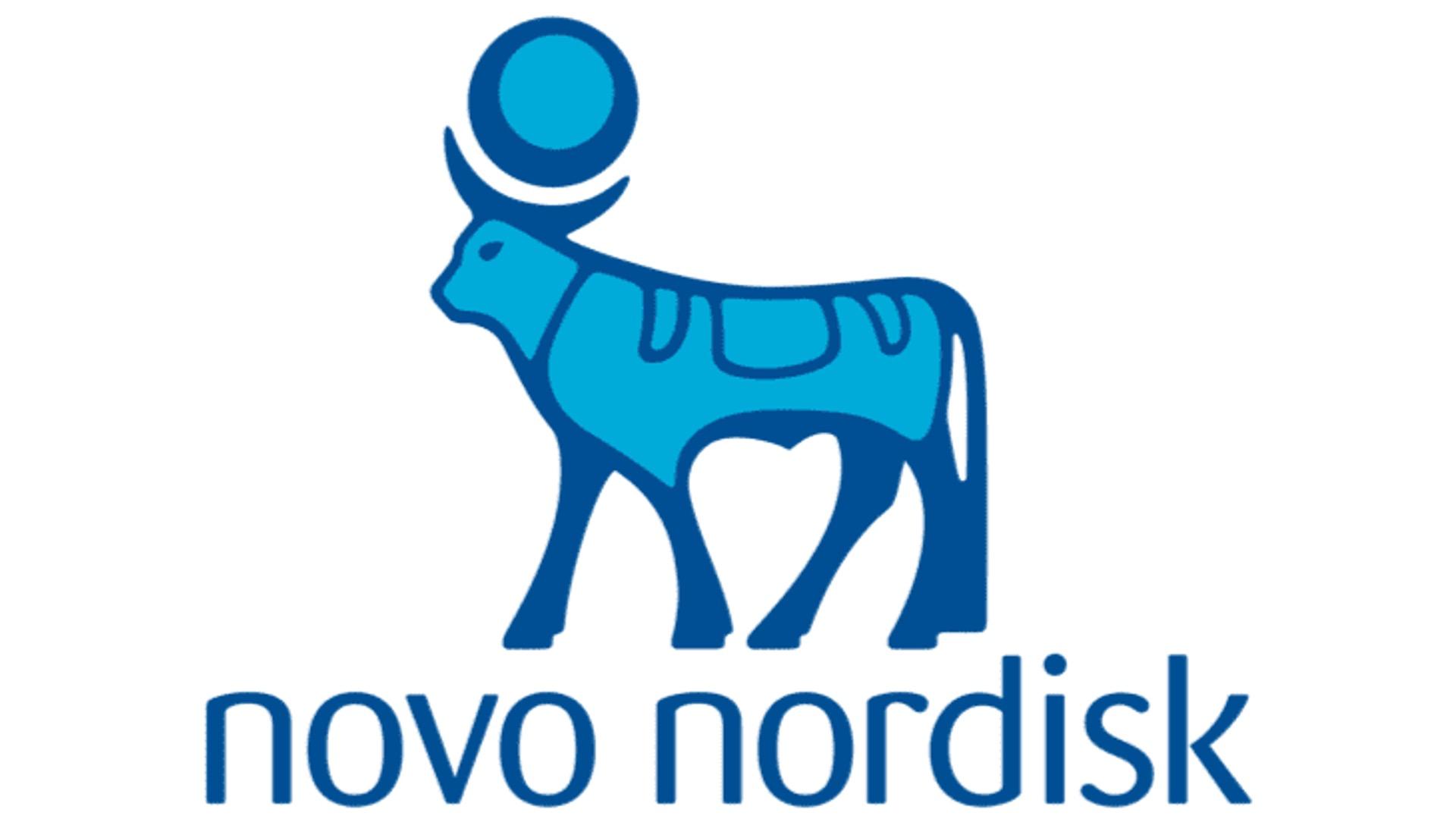“Dicerna is excited to collaborate with Roche to realize the full potential of DCR-HBVS and leverage our GalXC platform to target and silence specific genes that contribute to chronic hepatitis B virus infection,” said Douglas M. Fambrough, Ph.D., president and chief executive officer of Dicerna. “With its deep expertise in HBV and established global infrastructure, Roche is ideally suited to help us accelerate the development and commercialization of DCR-HBVS, pursue a cure for chronic HBV infection, and address this serious global threat to public health.”
"We are excited to engage in a clinical partnership and research collaboration with Dicerna,” said John Young, global head of Infectious Diseases at Roche Pharma Early Research & Development. “This partnership builds upon our existing portfolio and internal expertise and positions us well to develop a best-in-disease therapy to cure chronic HBV infection."
Under the terms of the agreement, Dicerna will receive $200 million in an initial upfront payment and may be eligible to receive up to an additional $1.47 billion over time for the achievement of specified development, regulatory and commercial milestones. In addition, Dicerna may be eligible to receive royalties based on potential product sales of DCR-HBVS. Dicerna retains an option to co-fund pivotal development of DCR-HBVS worldwide, which if exercised, entitles Dicerna to receive enhanced royalties and co-promote products including DCR-HBVS in the U.S.
Dicerna and Roche also agreed to collaborate on the research and development of additional therapies targeting multiple human and viral genes implicated in chronic HBV infection, using technology from both companies, for which Dicerna is eligible to receive additional milestones and royalties on any potential products.
The transaction is subject to the expiration or termination of the waiting period under the Hart-Scott-Rodino Antitrust Improvements Act of 1976 and other customary conditions.
About Chronic Hepatitis B Virus (HBV) Infection
Hepatitis B virus (HBV) is the world’s most common serious liver infection, with more than 292 million patients chronically infected, according to the World Health Organization. Chronic HBV infection, a condition characterized by the presence of the HBV surface antigen (HBsAg) for six months or more, claims more than 800,000 lives annually. HBV is also the primary cause of liver cancer (also known as hepatocellular carcinoma or HCC), which is the second-leading cause of cancer deaths in the world.1
About DCR-HBVS and the DCR-HBVS-101 Clinical Trial
DCR-HBVS is an investigational drug in development for the treatment of chronic hepatitis B virus (HBV) infection. Current therapies for HBV, such as nucleoside analogs, can provide long-term viral suppression if taken continuously, but they rarely lead to long-term functional cures, as measured by the clearance of HBV surface antigen (HBsAg) and sustained HBV deoxyribonucleic acid (DNA) suppression in patient plasma or blood. By contrast, DCR-HBVS employs RNA interference to selectively knock down specific genes involved in the creation of HBV messenger RNA (mRNA) and the entry of the virus into liver cells. This approach leads to greater than 99.9% reduction in circulating HBsAg, as observed in mouse models of HBV infection. These data suggest that DCR-HBVS may induce clearance of HBsAg and contribute meaningfully to a functional cure for HBV.
Dicerna is conducting a Phase 1, randomized, placebo-controlled study designed to evaluate the safety and tolerability of DCR-HBVS in healthy volunteers (HVs) and in patients with non-cirrhotic chronic HBV infection.
About Dicerna's GalXC™ RNAi Technology Platform
Dicerna’s proprietary RNA interference (RNAi) technology platform, called GalXC™, aims to advance the development of next-generation RNAi-based therapies designed to silence disease-driving genes in the liver and other body systems. Liver-targeted GalXC-based compounds enable subcutaneous delivery of RNAi therapies that are designed to specifically bind to receptors on liver cells, leading to internalization and access to the RNAi machinery within the cells. The GalXC approach seeks to optimize the activity of the RNAi pathway so that it operates in the most specific and potent fashion. Compounds produced via GalXC are intended to be broadly applicable across multiple therapeutic areas, including both liver and non-liver indications.
Dicerna Forward-Looking Statement
This press release includes forward-looking statements. Such forward-looking statements are subject to risks and uncertainties that could cause actual results to differ materially from those expressed or implied in such statements. Examples of forward-looking statements include, among others, statements we make regarding: (i) the full potential of DCR-HBVS and to leverage our GalXC platform to target and silence specific genes that contribute to HBV cures; (ii) the potential to earn revenue from royalties and milestone payments under the collaboration with Roche; (ii) research and development plans related to GalXC and its utility in silencing genes that contribute to HBV; (iii) the potential of RNAi therapies for the treatment of chronic HBV infection; and (iv) the potential for the collaboration between Roche and Dicerna. The process by which an early-stage platform such as GalXC could potentially lead to an approved product is long and subject to highly significant risks, particularly with respect to a preclinical research collaboration. Applicable risks and uncertainties include those relating to preclinical research and other risks identified under the heading "Risk Factors" included in Dicerna's most recent Form 10-Q filings and in other future filings with the Securities and Exchange Commission. The forward-looking statements contained in this press release reflect Dicerna's current views with respect to future events, and Dicerna does not undertake and specifically disclaims any obligation to update any forward-looking statements, except as required by law.
Dicerna™ and GalXC™ are trademarks of Dicerna Pharmaceuticals, Inc.
Reference
|
1. |
|
Hepatitis B Foundation. Facts and Figures. 2019. Available at: http://www.hepb.org/what-is-hepatitis-b/what-is-hepb/facts-and-figures/. Accessed on October 30, 2019. |


